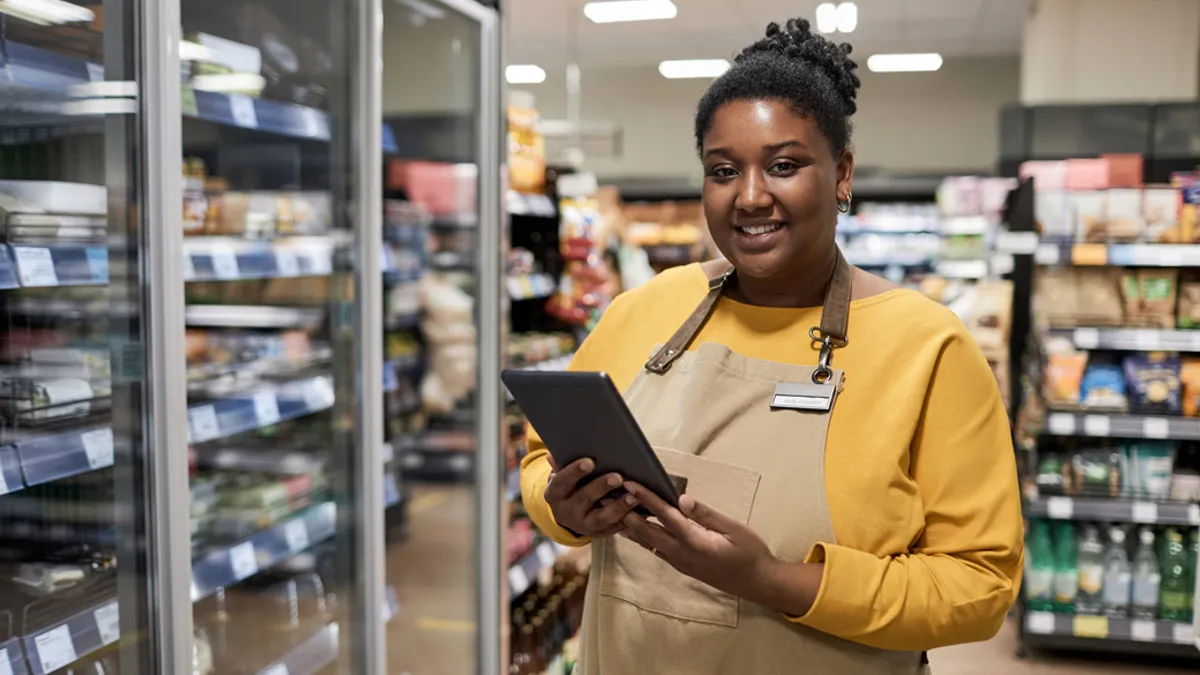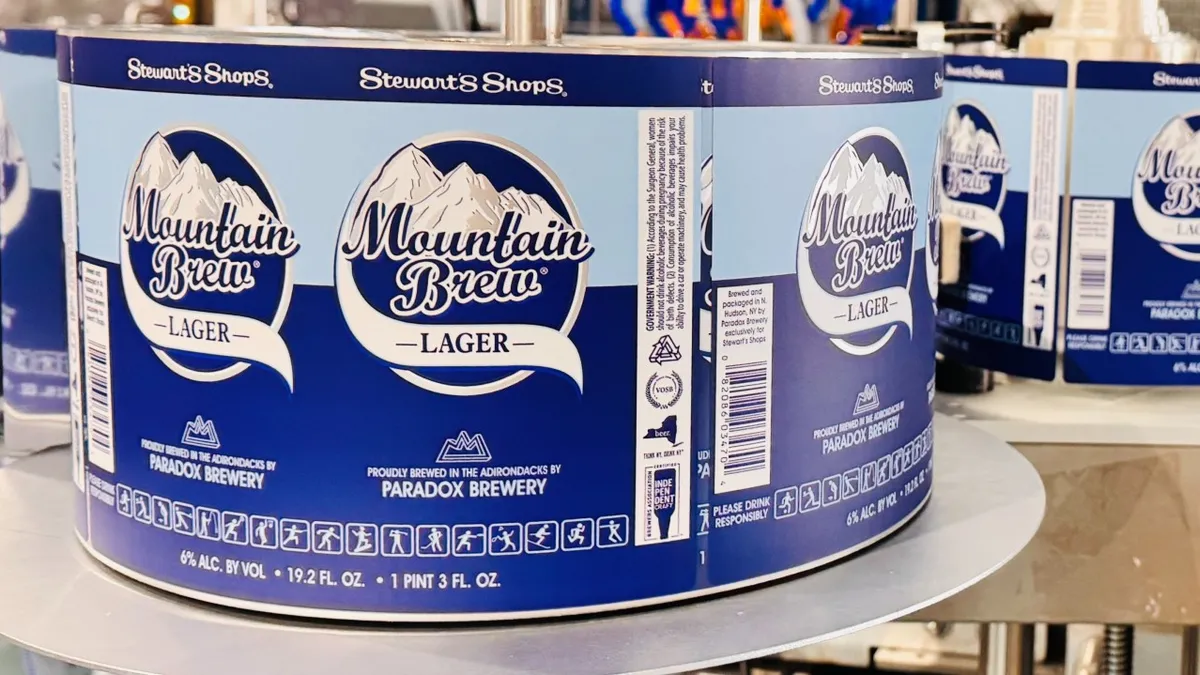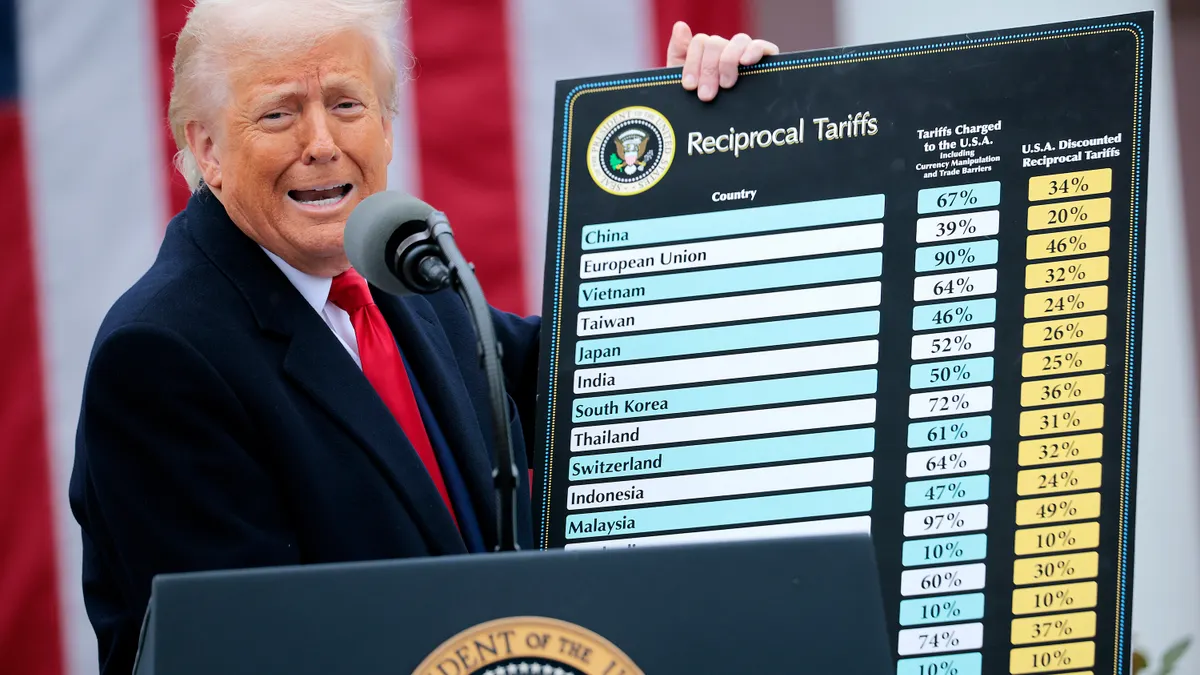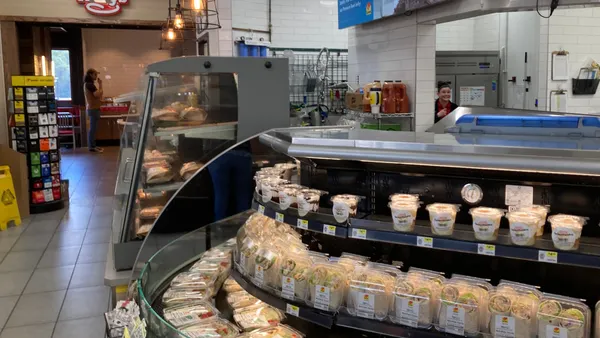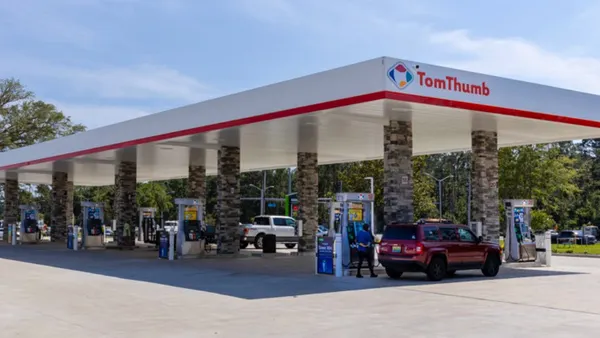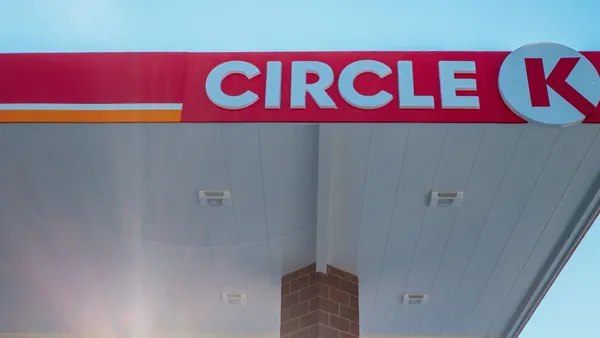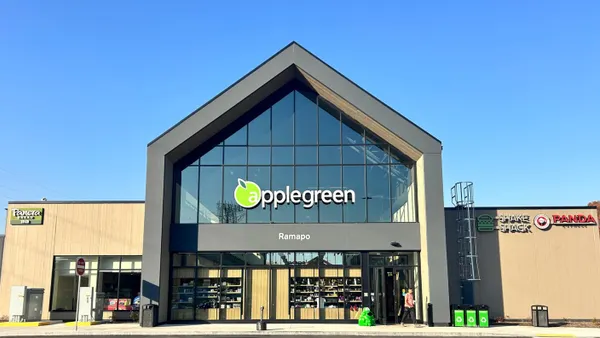With more than 150,000 c-store sites throughout the United States, the fuel and convenience retail industry is continually adjusting to changing consumer demands and behaviors. But one of the greatest challenges has been the difficulty in reaching consumers more consistently and at greater scale.
Why? Nearly two-thirds of those c-stores (90,000) are single-store operator sites characterized by their own unique needs—a key factor that has complicated the technology landscape across what has been a historically fragmented industry. But, if the industry’s goal is to keep consumers from gravitating to other retail channels, what’s the key to simplifying that technology infrastructure?
In the last few years, much of the convenience evolution has been driven by increasingly sophisticated consumers who now expect the same type of shopping experience they’ve enjoyed in other retail environments. These shoppers depend on c-stores for everything from fuel-ups (or EV charges) and car washes to fresh foodservice offerings and the old standbys of cigarettes and snacks. And they crave the digital conveniences driven out of necessity during the pandemic.
With approximately 160 million daily transactions, c-store retailers must manage an enormous amount of data and processes. The sheer scale of that task makes serving time-conscious consumers an extremely complex operation—especially when the average c-store visit is less than five minutes.
The key to solving this challenge is tighter technology integration across the entire convenience ecosystem. Technology is the common thread connecting this ecosystem of retailers, consumers, fuel wholesalers, consumer packaged goods (CPG) brands, and IT vendors—along with third-party loyalty program partners and advertisers. Ensuring all of these players have interoperable solutions is the key to unlocking the full power of innovation that could transform the entire industry.
Today, one of the most underserved segments of the convenience market is single-site operators. What if these independent c-stores had the same tools as much larger chains? And what if CPG brands had more visibility into what was sold, when it was sold, and who bought it on a real-time basis at these independent sites?
Capturing and analyzing that rich trove of data—covering millions of consumers—could lead to unprecedented insights into consumer behaviors at a massive scale. Tapping into a new wave of data and insights could pay dividends for retailers, CPG brands, and consumers alike.
With the right technology, CPG brands could enjoy near-real-time attribution when consumers make a purchase—just as they do with much larger chains. The use of loyalty-driven mobile apps could also give CPGs more direct access to consumers, enhancing their marketing campaigns and promotions.
This level of detailed technology orchestration could help solve one of the most difficult aspects of delivering more personalized customer offers—at much greater scale across all c-store channels. In turn, that success could have a profound impact on what consumers might gain from promotions and loyalty programs going forward.
Consider it a win-win-win outcome, unlocking significant CPG promotional dollars that haven’t always been easily accessible to the largest group of c-store operators (independents). More accurate consumer insights could also invigorate programs that push CPG offers and promotions to millions more consumers who might want to purchase their products. In turn, consumers could win by enjoying greater value with their purchases, which would give them even more reasons to visit their favorite c-stores.
By working with all participants across the convenience ecosystem, PDI remains at the forefront of technology innovation. From helping retailers operate more efficiently to providing rich data insights to CPG brands, PDI is “Connecting Convenience” across the industry. Discover the value of 40 years of convenience industry leadership at pditechnologies.com.

